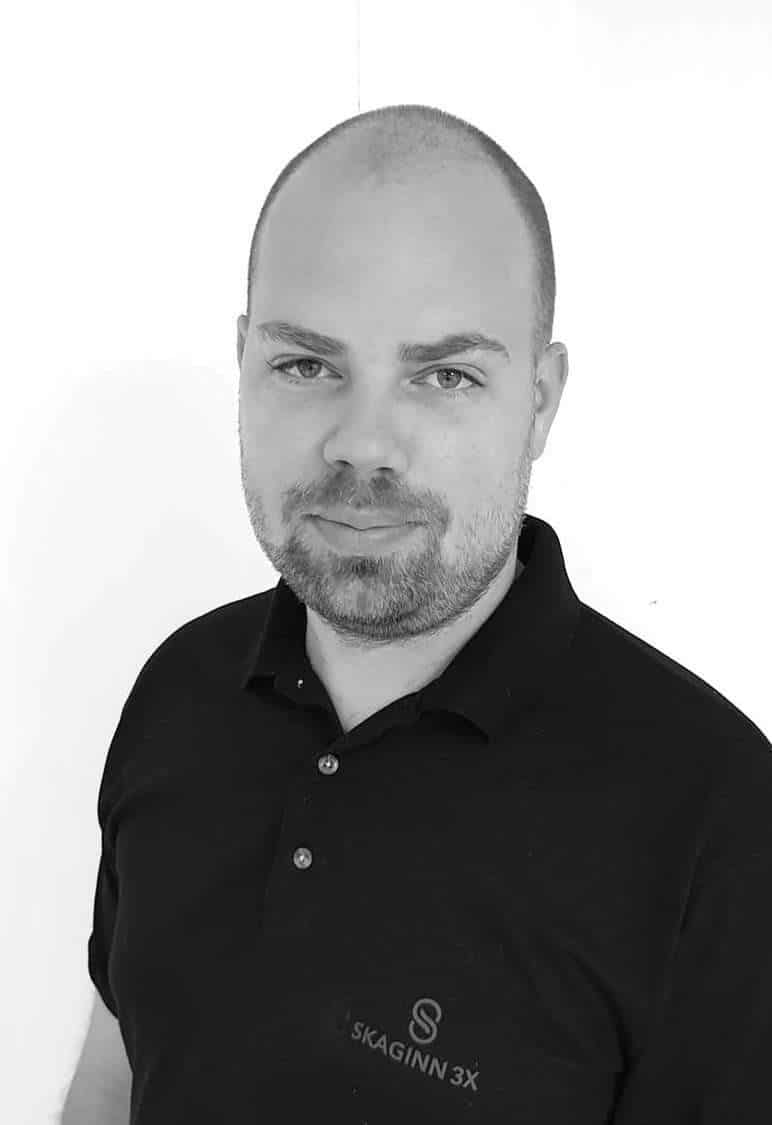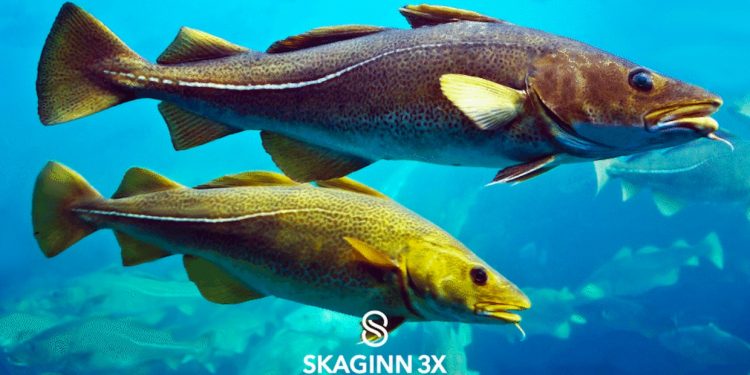Development of the EU-funded SeaScann grading and registration system is in progress. The system aims bring fish traceability to new levels, increase raw material utilisation and vastly improve vision grading accuracy in species identification using machine learning, deep neural networks and polynomial regression.
Developing software is not just a desk job at Skaginn 3X. It can involve spending hours on the floor of a processing factory surveying how certain things need to work to taking fishing trips on trawlers to harvest data.
Automation and Software Programmer Ómar Högni Guðmarsson did just that in beginning of June this year. His mission was to photograph and collect data on fish species for the database that is the foundation of the company’s new SeaScann system.

‘It’s actually one of the benefits of being on a team like this one,’ he said.
‘I get to go out and directly connect to the project I am working on. I literally went on a fishing expedition to gather data on the project’s subject: fish species.’
His time at sea yielded thousands of photographs that were a valuable addition to the massive amount of data gathered over the course of the project’s development. The quality of the data that goes into a project like this is crucial to the outcome; the more photographs and measurements there are in the database, the more accurate the outcome is.
Skaginn 3X has been developing this for some time. EU support has been instrumental in taking the project to the next level, allowing the company to focus its efforts on the final stages of development and bring SeaScann to market. The development team is excited about the fact that a release is on the horizon. All hands are now on deck to bring the project to shore.
Latest tech and cloud computing
SeaScann uses the latest automated grading and vision technology and a cloud platform that feeds real-time data on the vessel’s catch to all stakeholders on shore. The system is designed to be automatic from the start to prevent manual handling and grading errors. Fish is automatically fed into the system where each fish is individually graded by type, weight and length. The software is an integrated part of the grading process, as it not only grades and sorts, but records and processes every aspects of the vessel’s catch.
In the final phases of development, the prototype of SeaScann has yielded very promising results.
‘We’ve been incredibly pleased with the results from SeaScann,’ said Axel Freyr Gíslason, Head of Product Development at Skaginn 3X.
‘The results of the automatic sorting by size, colour, quality and species show great accuracy in real-time.’
Live data feed drives informed decisions
Doing what has not been done before requires ingenuity and determination, not to mention a dash of excitement that fosters the drive to succeed.

‘What I find the most exiting is the possibilities of having a constant feed of live data delivered to the onshore sales and management teams,’ Axel Freyr Gíslason said.
‘SeaScann delivers automatic, accurate data on every single fish that is being caught. Fisheries can decide what to do with each fish as it is being harvested. I am excited to be a part of creating something so revolutionary.’
Designed to help harvesters and processors maintain the best possible product quality, SeaScann will be an asset in helping prevent overfishing and support sustainability efforts by harvesters and processors alike. Accurate grading also enables processors to organise production on shore and provide markets with better information before landing. Processors will be able to prevent quality deterioration and minimise fish discard from the start.
‘The opportunity to work with machine learning and deep neural networks and go on fishing trips as well is unique. It is also important to be able to participate in bringing new, truly efficient solutions to market that we know fishing companies are waiting for,” Ómar Högni Guðmarsson said.
‘One of the features we are excited about is the fact that with SeaScann you will be able to provide full traceability down to individual fish – not batch or fishing grounds – but to the fish itself. Today nobody is able to do this and we hope to be the first to offer this to our clients.’









